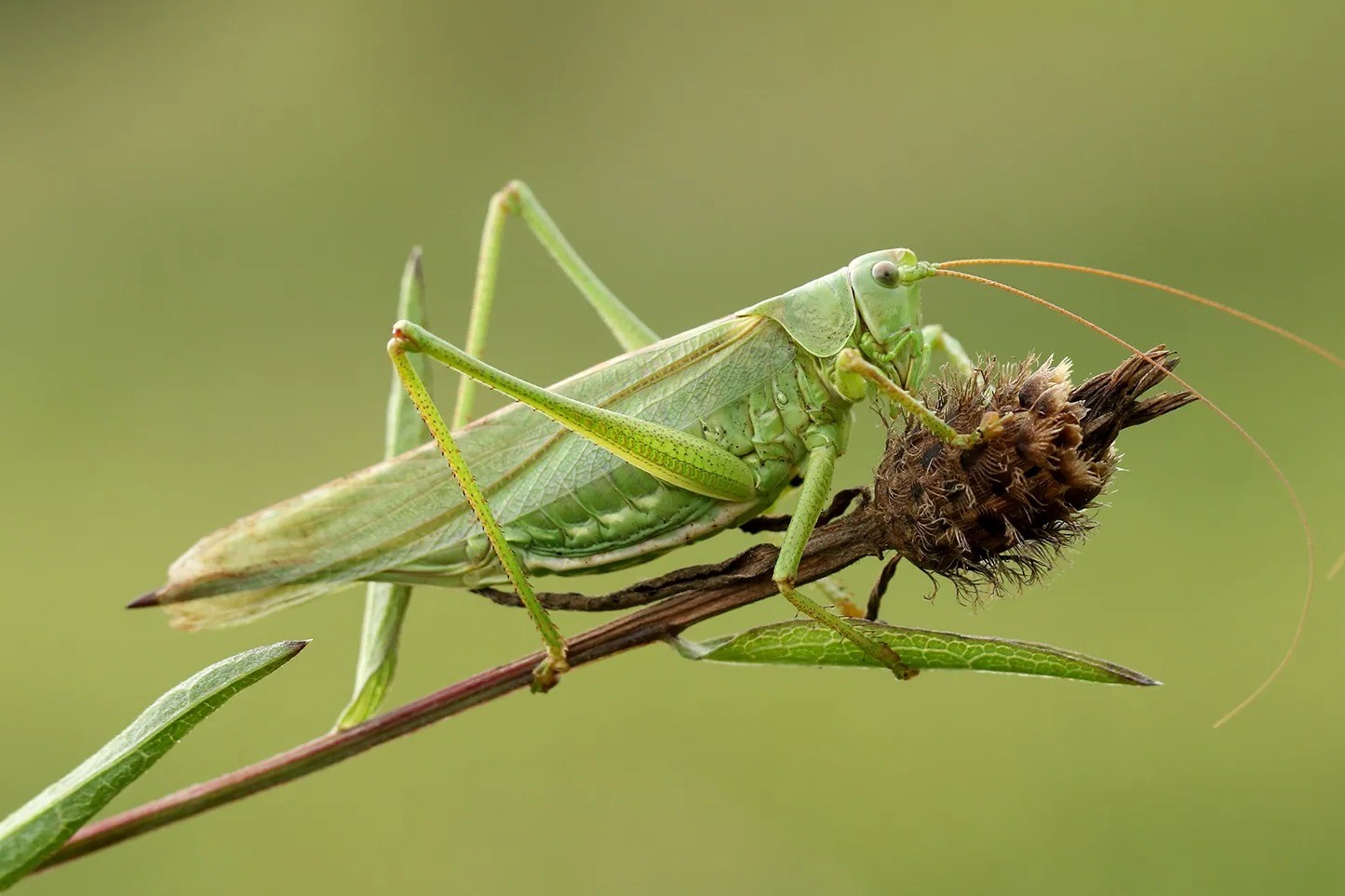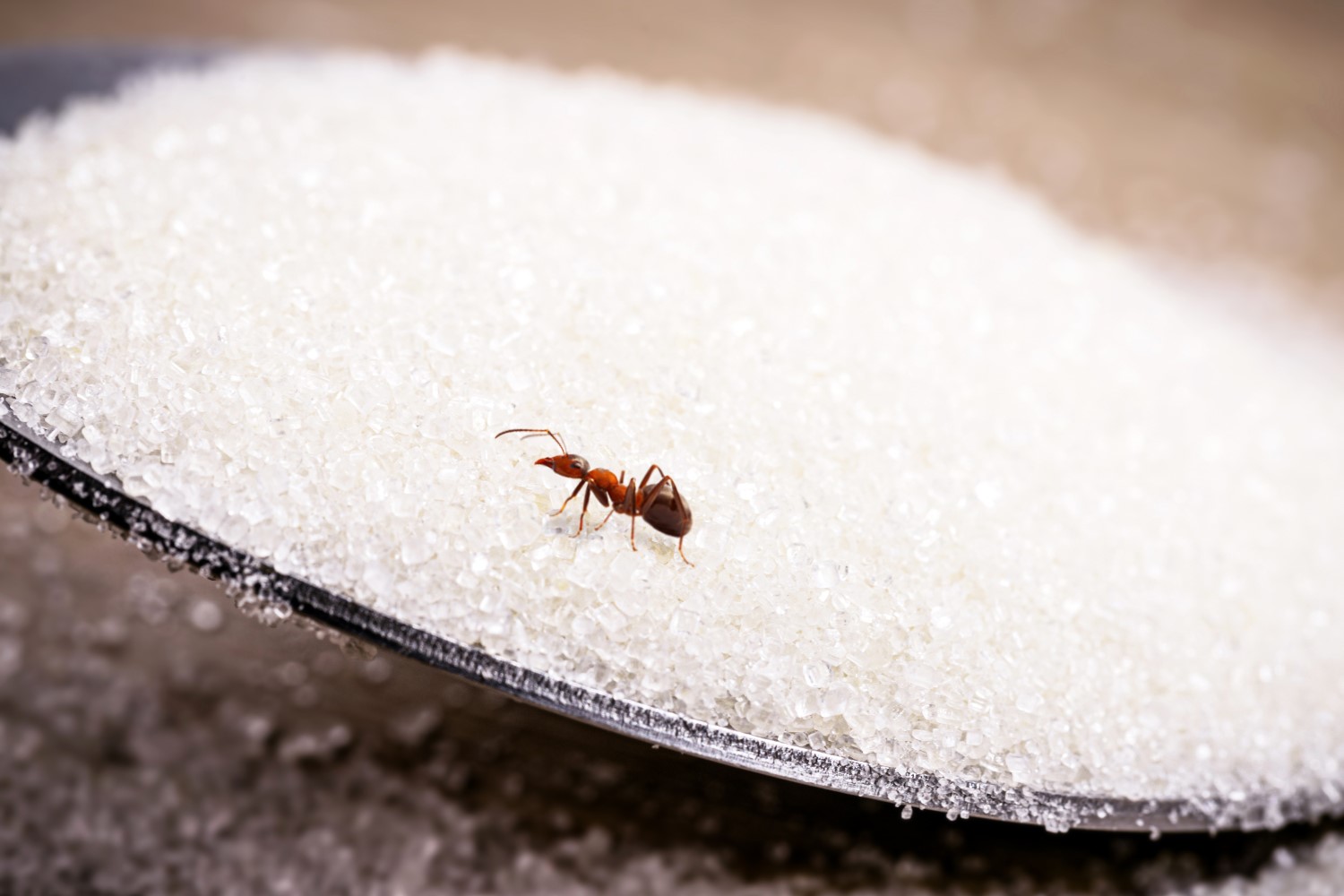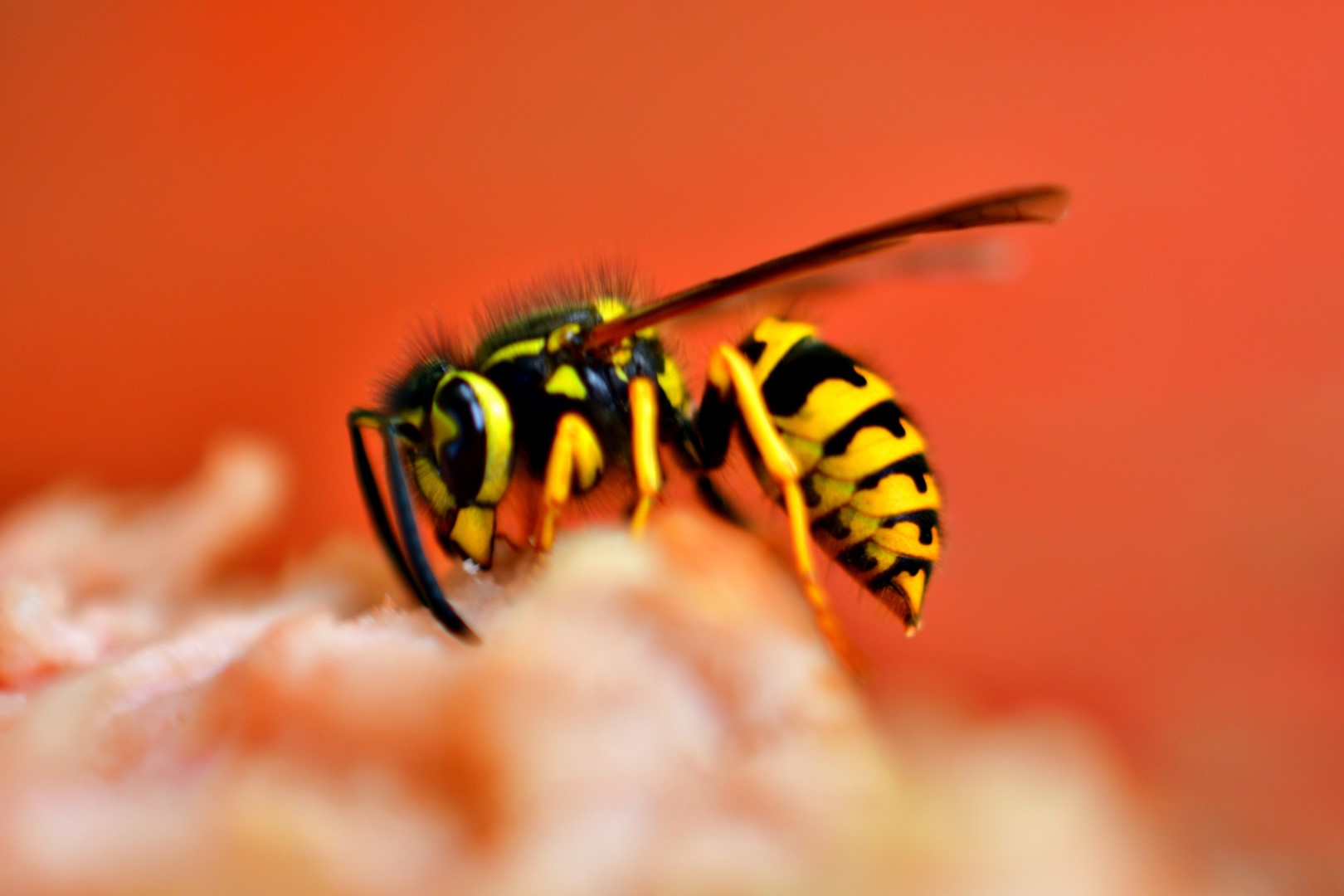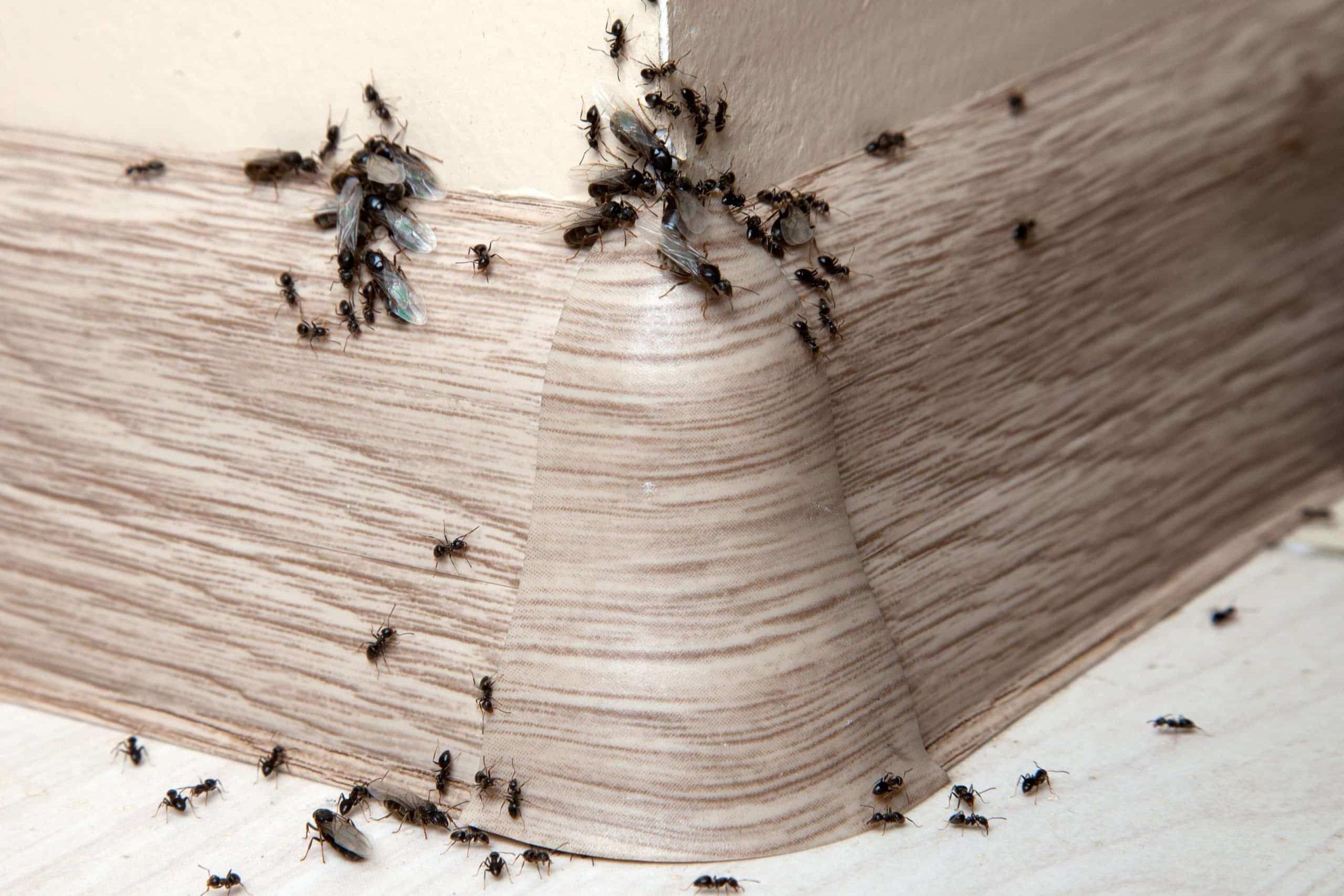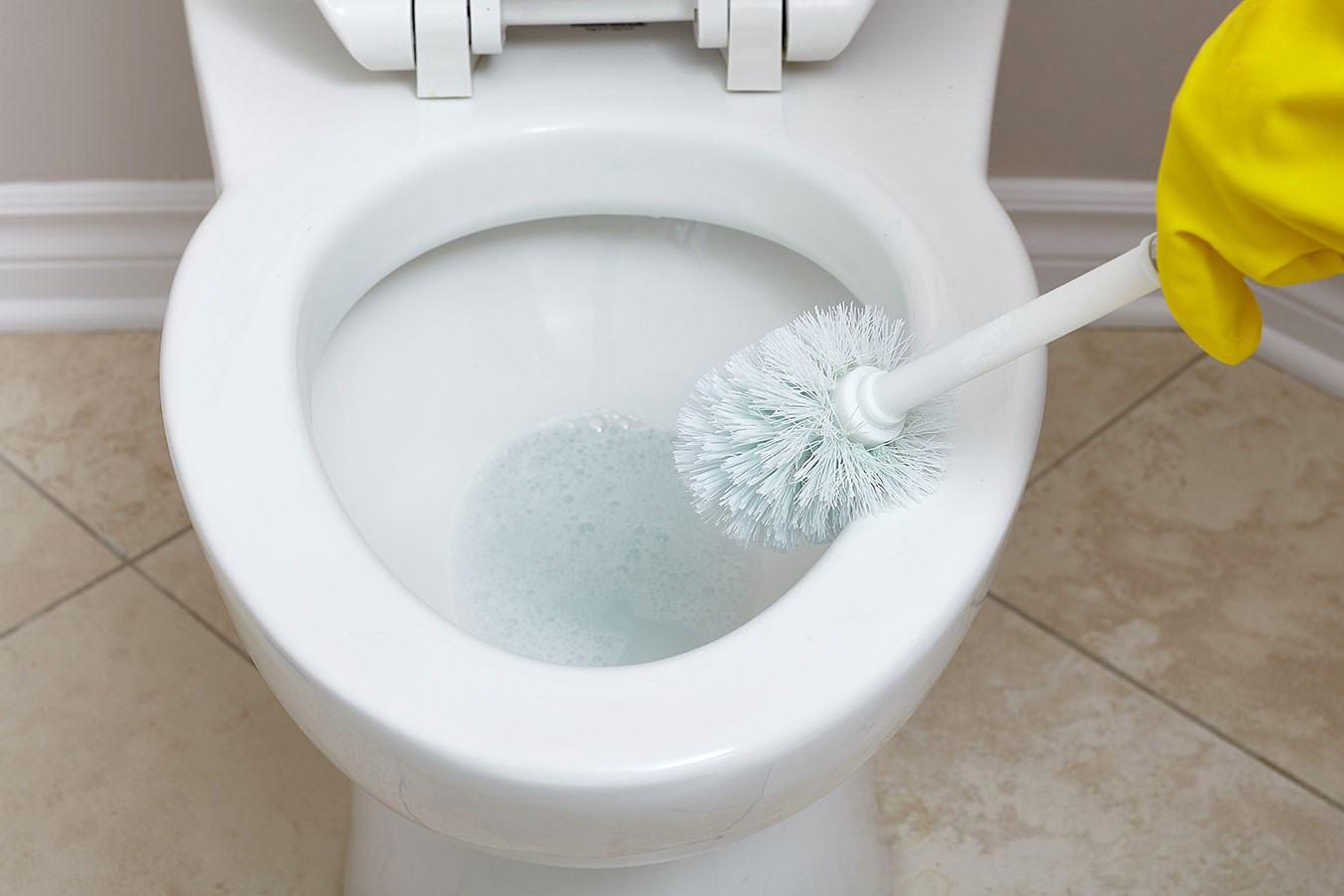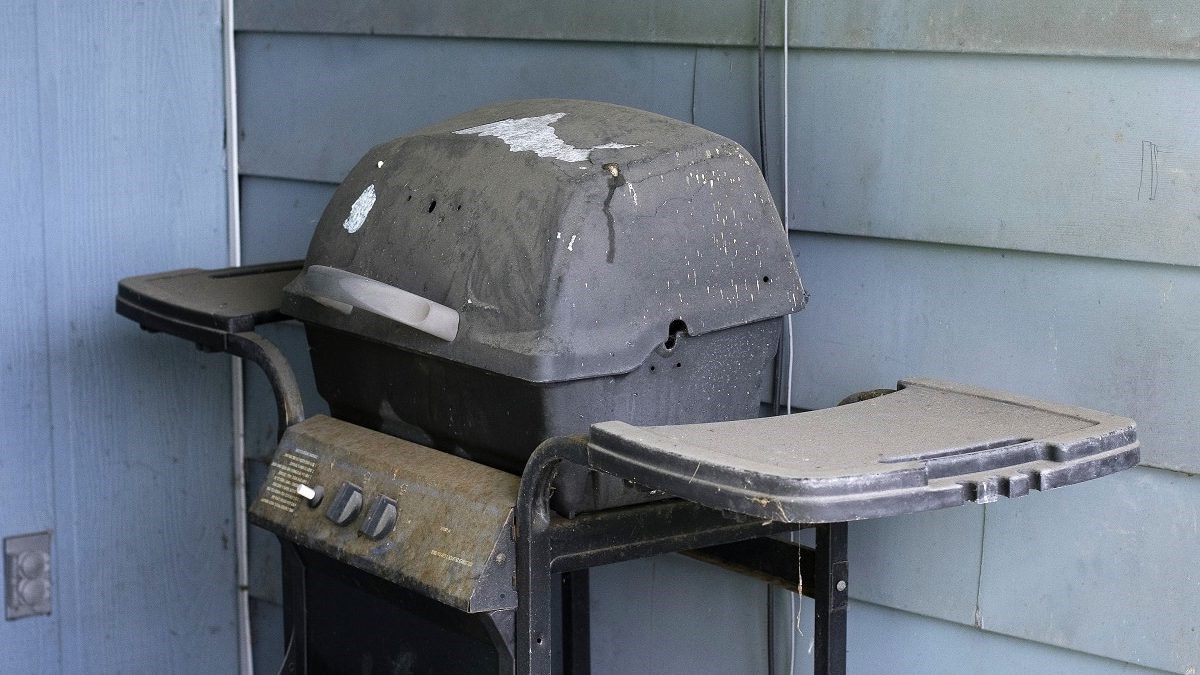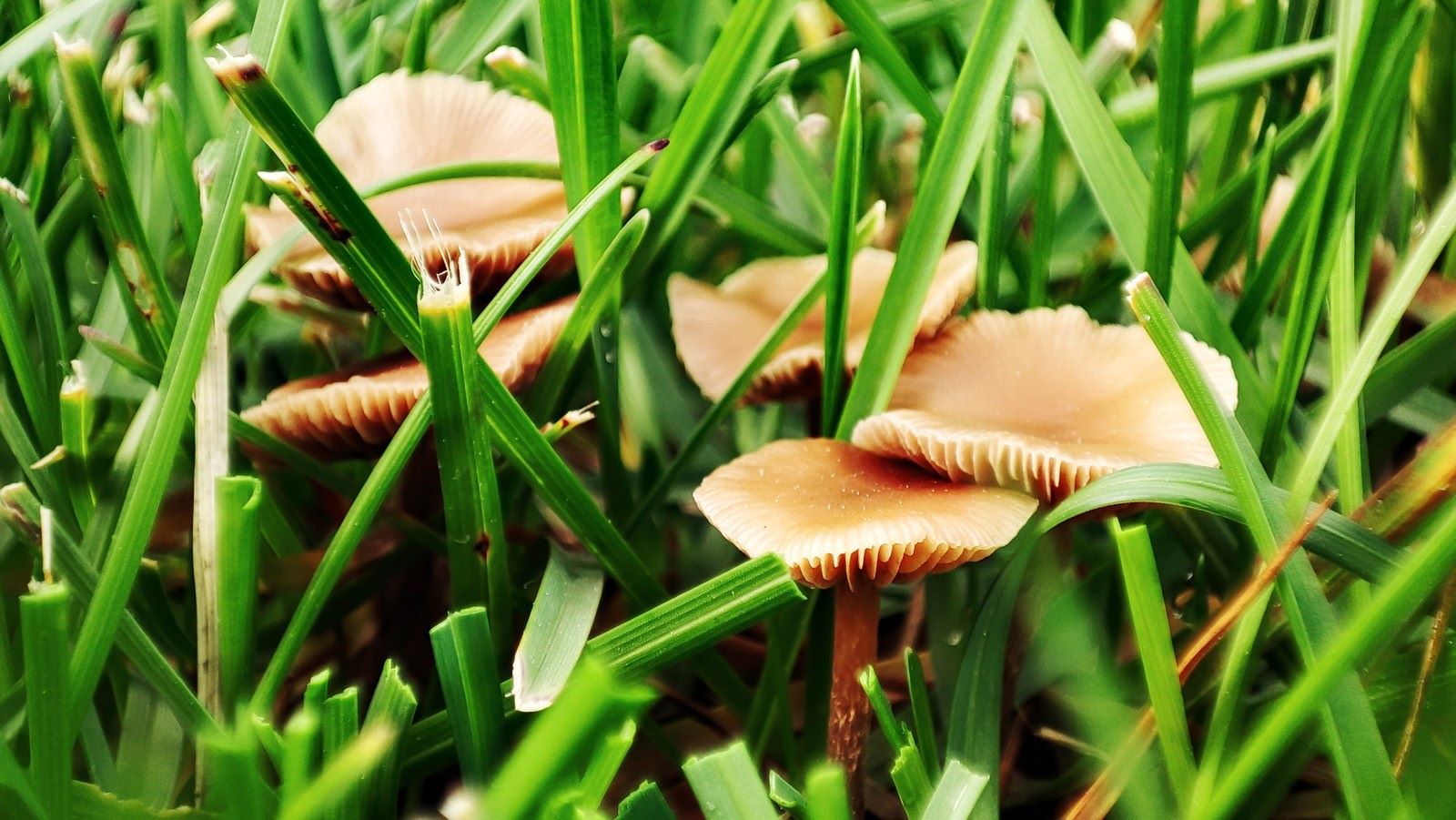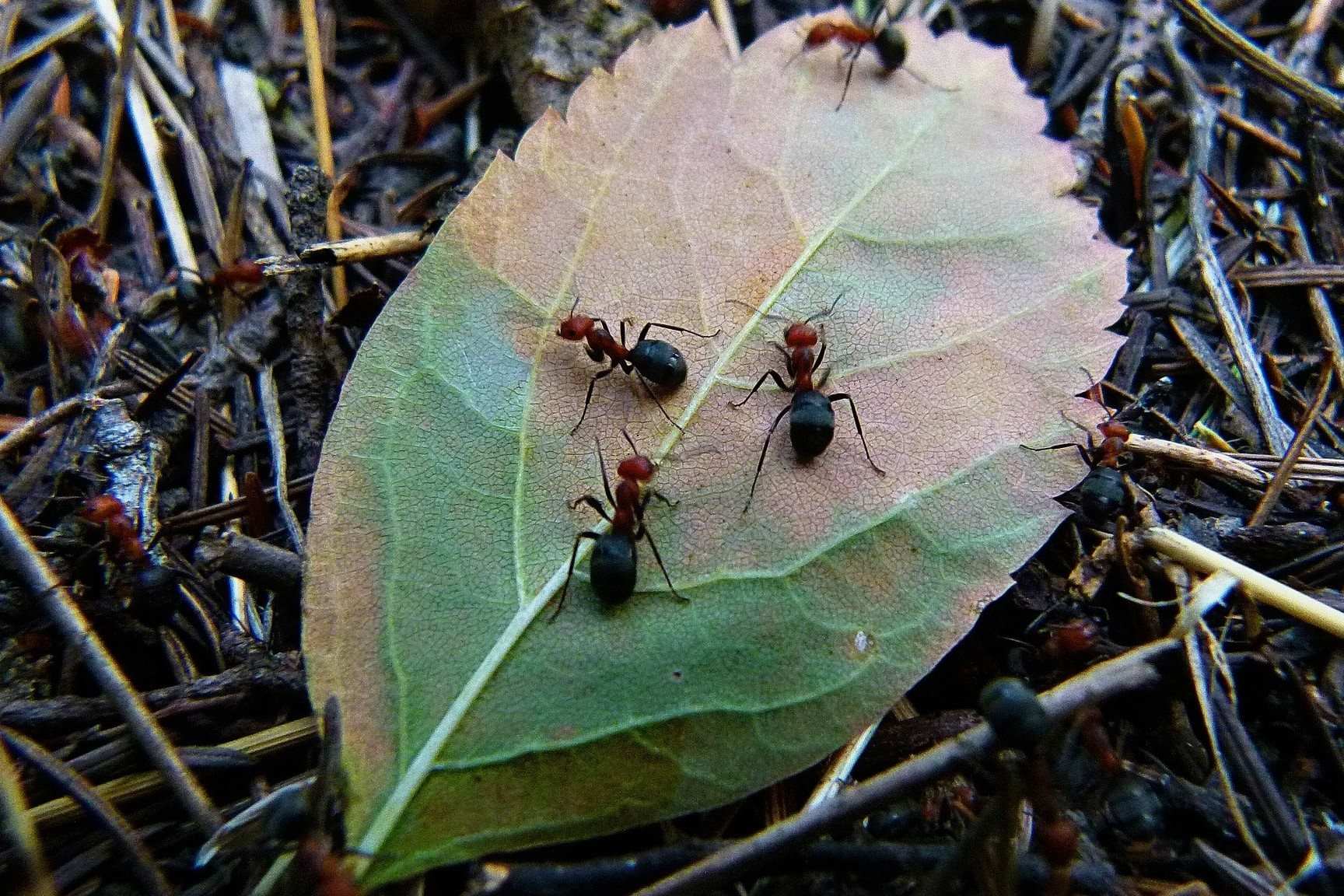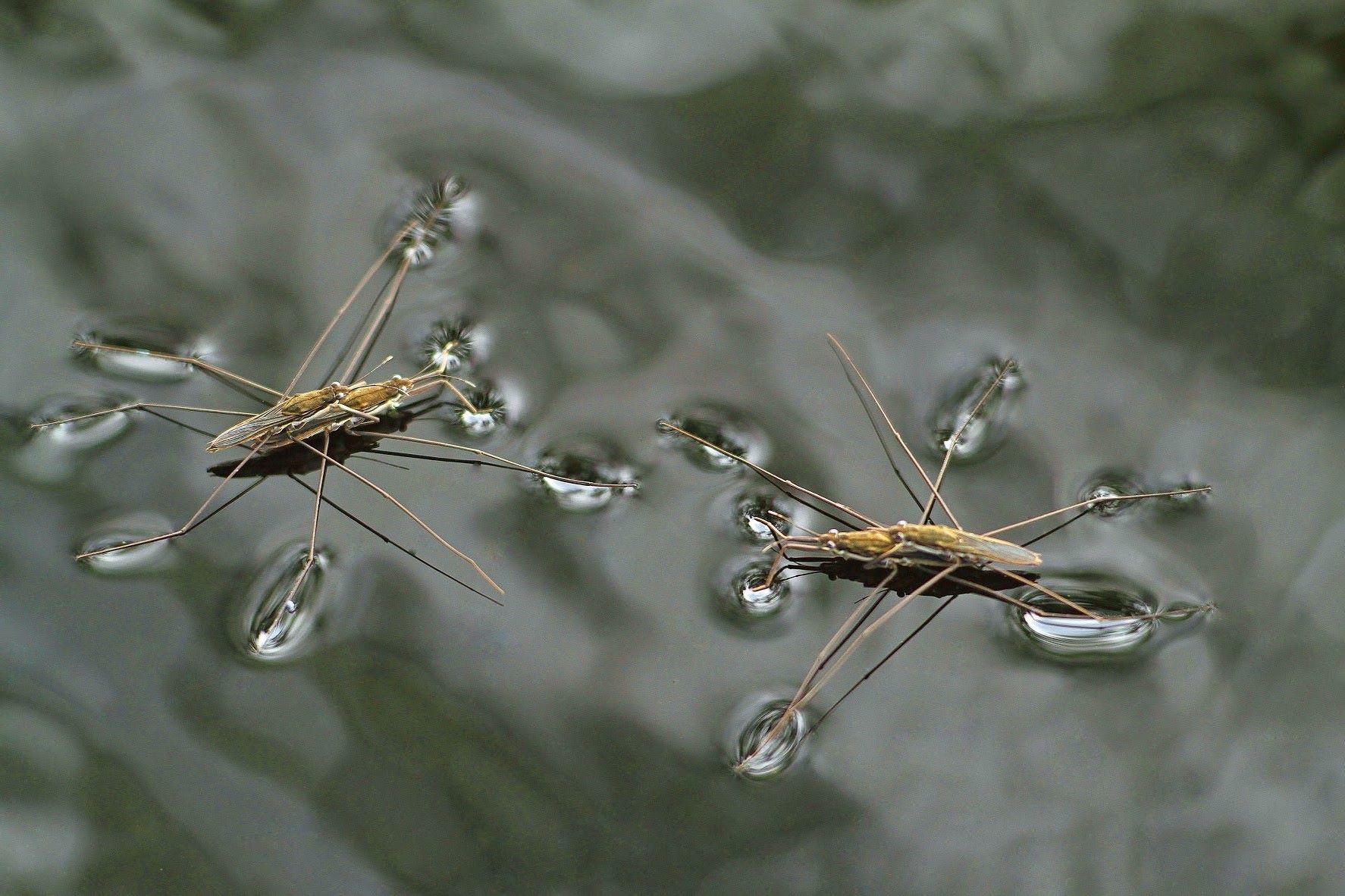Home>Home and Garden>How To Get Rid Of Ground Bees
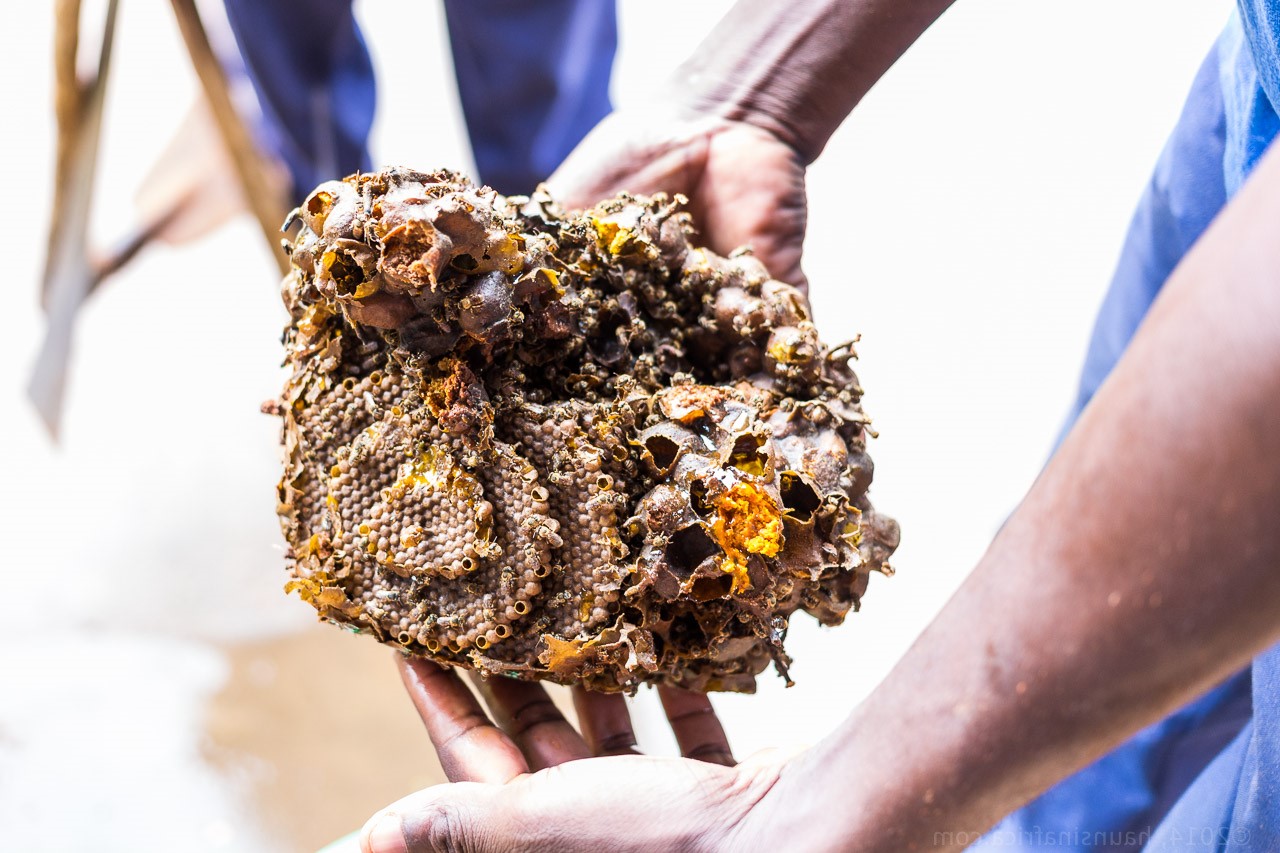

Home and Garden
How To Get Rid Of Ground Bees
Published: March 7, 2024
Learn effective methods to eliminate ground bees from your home and garden. Discover safe and practical solutions for getting rid of these pests.
(Many of the links in this article redirect to a specific reviewed product. Your purchase of these products through affiliate links helps to generate commission for Noodls.com, at no extra cost. Learn more)
Table of Contents
Introduction
Dealing with ground bees can be a daunting task for homeowners and garden enthusiasts. These buzzing insects, also known as solitary bees, typically nest in the ground, making their presence a concern for those who frequent outdoor spaces. While ground bees are beneficial pollinators and rarely pose a threat to humans, their presence can be unsettling, especially for individuals with bee allergies or those seeking to maintain a bee-free environment.
In this comprehensive guide, we will explore effective methods for safely and responsibly addressing ground bee infestations. From identifying these bees to implementing natural and chemical eradication techniques, we will provide valuable insights to help you reclaim your outdoor spaces. Additionally, we will discuss preventive measures to deter ground bees from returning, allowing you to enjoy your yard without the worry of encountering these buzzing insects.
Whether you're a gardening enthusiast, a homeowner, or simply someone looking to coexist peacefully with nature, understanding how to manage ground bees is essential. By following the guidance provided in this article, you can take proactive steps to address ground bee infestations while promoting a harmonious balance between your outdoor activities and the natural world.
Read more: How To Get Rid Of Bumble Bees
Identifying Ground Bees
Ground bees, also known as solitary bees, are a diverse group of bees that nest in the ground. Unlike honeybees and bumblebees, ground bees are solitary creatures, meaning that each female bee creates and tends to her own nest. These bees are typically non-aggressive and rarely sting unless provoked, making them valuable pollinators for gardens and natural ecosystems.
Identifying ground bees can be challenging, as they often resemble other bee species. However, there are several key characteristics that can help distinguish them from other types of bees:
-
Nesting Behavior: Ground bees prefer to nest in well-drained, sandy soil, often creating small, volcano-like mounds at the entrance to their burrows. These mounds are typically surrounded by a patch of bare ground, devoid of vegetation.
-
Physical Appearance: Ground bees are usually small to medium-sized, with varying colors ranging from black and brown to metallic hues. Their bodies are covered in fine hairs, and some species may exhibit distinct patterns or markings.
-
Flight Patterns: When in flight, ground bees often exhibit a darting, zigzag pattern close to the ground, which is distinct from the smooth, steady flight of honeybees.
-
Nesting Sites: Keep an eye out for ground bee activity near flowering plants, as these bees are essential pollinators and are often found foraging for nectar and pollen.
-
Seasonal Activity: Ground bees are most active in the spring and early summer when they emerge from their underground nests to forage and mate.
By familiarizing yourself with these characteristics, you can better identify ground bees and distinguish them from other bee species. Understanding their nesting behavior, physical appearance, flight patterns, preferred nesting sites, and seasonal activity will enable you to take appropriate measures to address their presence in your outdoor spaces.
Natural Methods for Getting Rid of Ground Bees
When it comes to managing ground bee infestations, natural methods offer an eco-friendly and sustainable approach to addressing the presence of these buzzing insects. By incorporating natural remedies and non-toxic deterrents, homeowners and garden enthusiasts can effectively discourage ground bees from nesting in their outdoor spaces. Here are several natural methods for getting rid of ground bees:
-
Disturbance of Nesting Sites: One natural way to discourage ground bees from nesting in your yard is to disturb their preferred nesting sites. By lightly tilling the soil in areas where ground bees have established nests, you can disrupt their habitat and make the area less appealing for future nesting. This method can be particularly effective during the fall or winter months when ground bees are dormant.
-
Planting Bee-Repellent Herbs and Plants: Certain herbs and plants are known for their natural repellent properties against insects, including ground bees. Species such as mint, eucalyptus, citronella, and marigolds emit fragrances that ground bees find unpleasant, deterring them from nesting in close proximity. By strategically incorporating these plants into your garden or landscaping, you can create an environment that is less inviting to ground bees.
-
Use of Essential Oils: Essential oils, such as peppermint oil, clove oil, and tea tree oil, are known for their insect-repelling properties. Diluting these essential oils with water and spraying the solution in areas frequented by ground bees can help deter them from nesting. Additionally, placing cotton balls soaked in essential oils near ground bee nesting sites can serve as a natural deterrent.
-
Creation of Physical Barriers: Installing physical barriers, such as fine mesh or netting, over areas where ground bees are likely to nest can prevent them from accessing suitable nesting sites. This method can be particularly effective for protecting specific areas of the yard or garden where ground bee activity is prevalent.
-
Encouraging Natural Predators: Introducing natural predators of ground bees, such as certain species of birds, toads, and predatory insects, can help naturally control ground bee populations. Creating a hospitable environment for these predators by providing suitable habitats and food sources can contribute to the reduction of ground bee activity in your outdoor spaces.
By implementing these natural methods, homeowners and garden enthusiasts can effectively manage ground bee infestations while promoting a harmonious coexistence with these beneficial pollinators. These eco-friendly approaches offer sustainable solutions for addressing ground bee presence without causing harm to the environment or other beneficial insect species.
Chemical Methods for Getting Rid of Ground Bees
When natural methods are insufficient in addressing ground bee infestations, chemical methods can provide an effective means of eradicating these buzzing insects from your outdoor spaces. It is important to approach chemical intervention with caution and responsibility, ensuring that the chosen products are safe for the environment, non-toxic to other beneficial insects, and applied in accordance with manufacturer instructions and local regulations. Here are several chemical methods for getting rid of ground bees:
-
Insecticidal Dusts: Insecticidal dusts formulated specifically for ground bees can be applied directly to their nesting sites. These dusts are designed to penetrate the soil and effectively eliminate ground bees within their burrows. It is crucial to carefully follow the application instructions and safety precautions provided by the product manufacturer to minimize environmental impact and ensure safe handling.
-
Liquid Insecticides: Liquid insecticides, when applied directly to ground bee nesting sites, can effectively eradicate these insects. It is essential to select insecticides labeled for ground bee control and to apply them during periods of low bee activity to minimize the impact on non-target insects. Additionally, using a targeted application method can help reduce the dispersion of the insecticide in the surrounding environment.
-
Professional Pest Control Services: In cases where ground bee infestations are extensive or pose significant challenges, seeking the expertise of professional pest control services may be necessary. Pest control professionals have access to specialized products and equipment designed for safe and effective ground bee eradication. They can assess the extent of the infestation, recommend appropriate treatment options, and ensure that the intervention is conducted in compliance with environmental regulations.
-
Aerosol Sprays: Aerosol insecticide sprays formulated for flying and stinging insects can be used to directly target ground bees in outdoor areas. These sprays provide a convenient and targeted approach to addressing ground bee activity, particularly when individual bees are observed entering and exiting their nesting sites.
It is important to exercise caution when using chemical methods for ground bee control, prioritizing the safety of humans, pets, and the environment. Before implementing any chemical intervention, it is advisable to consult with local pest control experts or extension services to ensure that the chosen products and application methods align with best practices and regulatory guidelines.
By responsibly incorporating chemical methods when necessary, homeowners and garden enthusiasts can effectively address ground bee infestations while minimizing the impact on the surrounding ecosystem. When used in conjunction with natural deterrents and preventive measures, chemical methods can contribute to creating a bee-friendly outdoor environment that is conducive to both human activities and the preservation of essential pollinators.
Preventing Ground Bees from Returning
After successfully addressing a ground bee infestation, it is essential to implement preventive measures to deter these buzzing insects from returning to your outdoor spaces. By proactively creating an environment that is less conducive to ground bee nesting, homeowners and garden enthusiasts can minimize the likelihood of future infestations. Here are several effective strategies for preventing ground bees from returning:
-
Soil Modification: Modifying the soil in areas where ground bees have previously nested can discourage their return. Adding organic matter, such as compost or mulch, to the soil can improve drainage and make it less appealing for ground bee nesting. Additionally, incorporating amendments that alter the soil texture, such as sand or perlite, can create an environment that is less suitable for ground bee burrowing.
-
Vegetation Management: Regularly maintaining and mowing the lawn, trimming overgrown vegetation, and removing excess debris can help reduce potential nesting sites for ground bees. By keeping outdoor areas well-groomed and free of clutter, homeowners can minimize the availability of suitable habitat for ground bees to establish their nests.
-
Sealing Entry Points: Identifying and sealing potential entry points to structures, such as gaps in exterior walls, cracks in foundations, and openings around utility penetrations, can prevent ground bees from seeking shelter in or around buildings. By addressing these entry points, homeowners can limit the opportunities for ground bees to establish nests in close proximity to human dwellings.
-
Water Management: Proper water management practices, such as addressing drainage issues and minimizing standing water in the yard, can deter ground bees from nesting. Ensuring that outdoor areas are well-drained and free of excessive moisture reduces the attractiveness of the environment for ground bee habitation.
-
Regular Inspection: Conducting routine inspections of outdoor spaces to identify early signs of ground bee activity is crucial for prompt intervention. By remaining vigilant and addressing potential nesting sites as soon as they are observed, homeowners can prevent ground bee populations from establishing significant colonies.
-
Promoting Pollinator-Friendly Plants: Encouraging the growth of pollinator-friendly plants that are attractive to bees, such as lavender, sunflowers, and coneflowers, can divert ground bees' attention away from areas where human activity is prevalent. By creating designated areas with abundant nectar and pollen sources, homeowners can steer ground bees toward alternative foraging locations.
By incorporating these preventive measures into your outdoor maintenance routine, you can create an environment that is less hospitable to ground bees, reducing the likelihood of future infestations. These proactive strategies not only contribute to a more bee-friendly ecosystem but also help homeowners and garden enthusiasts enjoy their outdoor spaces without the concern of recurring ground bee presence.
Conclusion
In conclusion, managing ground bee infestations requires a balanced approach that prioritizes coexistence with these beneficial pollinators while addressing concerns related to human activities and safety. By understanding the nesting behavior, physical characteristics, and seasonal activity of ground bees, homeowners and garden enthusiasts can effectively identify and address their presence in outdoor spaces.
Natural methods, such as disturbance of nesting sites, planting bee-repellent herbs and plants, use of essential oils, creation of physical barriers, and encouraging natural predators, offer eco-friendly and sustainable solutions for deterring ground bees from nesting. These methods not only minimize the impact on the environment but also contribute to the preservation of essential pollinators in the ecosystem.
When natural methods are insufficient, responsible application of chemical methods, including insecticidal dusts, liquid insecticides, professional pest control services, and aerosol sprays, can provide effective means of eradicating ground bees. It is crucial to prioritize safety and environmental impact when utilizing chemical interventions, ensuring that they are applied in accordance with best practices and regulatory guidelines.
Furthermore, implementing preventive measures, such as soil modification, vegetation management, sealing entry points, water management, regular inspection, and promoting pollinator-friendly plants, can deter ground bees from returning to outdoor spaces. These proactive strategies create an environment that is less conducive to ground bee nesting, reducing the likelihood of future infestations while promoting a harmonious balance between human activities and the natural world.
By integrating natural and chemical methods, along with preventive measures, homeowners and garden enthusiasts can effectively manage ground bee infestations while fostering a bee-friendly ecosystem. This comprehensive approach allows individuals to reclaim their outdoor spaces, minimize the risk of encountering ground bees, and contribute to the preservation of essential pollinators in the environment.
In essence, coexisting with ground bees involves a combination of understanding their behavior, implementing effective management strategies, and promoting a sustainable outdoor environment. By following the guidance provided in this article, individuals can navigate the presence of ground bees with confidence, ensuring a harmonious balance between human activities and the natural world.
